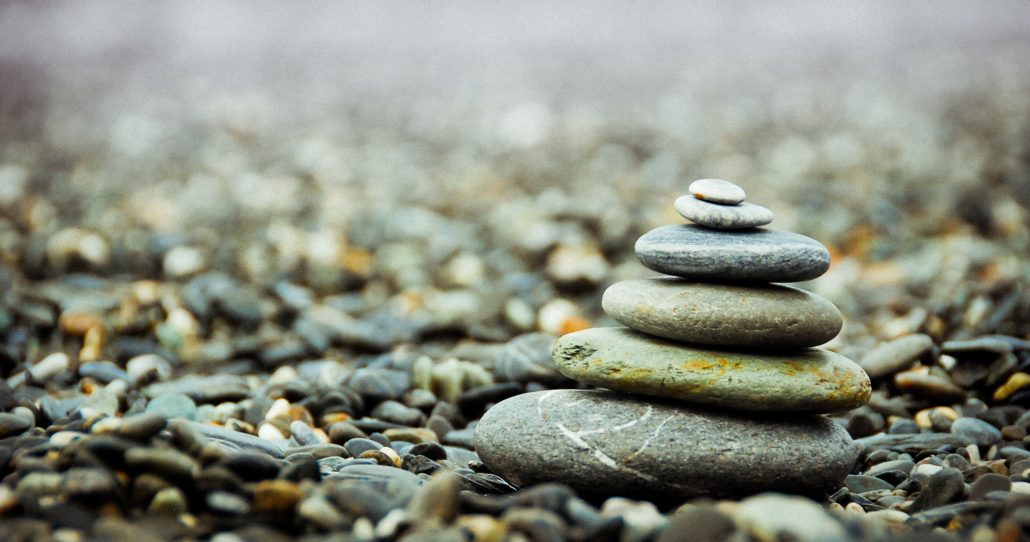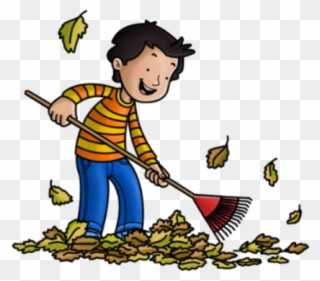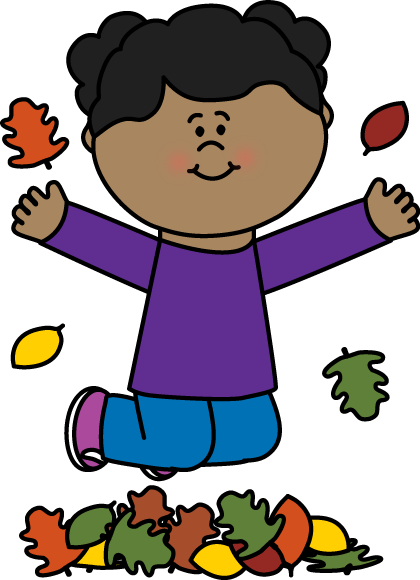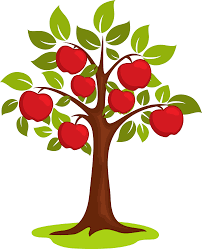

- Call 908 543 4390
- Email
- Dr.Joni Redlich PT,DPT



Now that the leftovers in the fridge are all that remain of Thanksgiving 2021, let us not neglect the practice of gratitude for the next 11 months. Why is this important? Developments in research support that gratitude has significant psychological, physical, and social benefits. Gratitude has been linked to reduced symptoms of anxiety and depression, enhanced mood, and increased positive emotions and thoughts. It has also been found to be an effective coping strategy for caregivers or individuals who have experienced a traumatic event or life change. Physical improvements include reduced stress response and pain and improved blood pressure, glycemic control, immune response, and sleep quality. From a neuroscience perspective, gratitude increases the happy brain chemicals, regulates the stress hormones, increases activation of the bliss centers of the brain, and promotes cognitive restructuring. Research also suggests that adopting gratitude practices can promote better communication, empathy, healthier relationships, team dynamics, and workplace efficiency and productivity. Communicating thankfulness to others promotes relationship bonding and connection. With all this evidence, why would we not want to tap into this wellness super power?
Let us strive to cultivate a lifestyle of gratitude all year round with these practical tips:
Have you found strategies that help you and your family to keep a focus on gratitude throughout the year? Share with us your strategies and tips below!
By Dr Ali and Dr Kat
Hey families! Are you looking for fun, outdoor activities in the changing weather that will challenge your kiddo’s motor system? Well look no further, because we have the most fun, festive, fall activities RIGHT HERE!
 Rake the leaves: Help mom and dad out by grabbing a rake and raking all the leaves into one pile. Using a rake is a great gross motor activity because you have to use two hands together while turning your upper body to rake successfully (aka you have to use your core muscles). You need to do this while holding your lower body stable, working on balance while working on your kiddo’s core at the same time!
Rake the leaves: Help mom and dad out by grabbing a rake and raking all the leaves into one pile. Using a rake is a great gross motor activity because you have to use two hands together while turning your upper body to rake successfully (aka you have to use your core muscles). You need to do this while holding your lower body stable, working on balance while working on your kiddo’s core at the same time!
 Jumping in the leaves: Leaf jumping is so much fun! Make sure that there is a big pile to jump in first, then run and JUMP into the leaves. You can try all kinds of jumps here: a traditional jump which includes a two footed take off and two footed landing, a leap where you start on one foot and land on the other foot, or a hop where you start on one foot and land on the same foot! There are so many possibilities.
Jumping in the leaves: Leaf jumping is so much fun! Make sure that there is a big pile to jump in first, then run and JUMP into the leaves. You can try all kinds of jumps here: a traditional jump which includes a two footed take off and two footed landing, a leap where you start on one foot and land on the other foot, or a hop where you start on one foot and land on the same foot! There are so many possibilities.
 The Squirrel Hop: Squat down low to the ground with your hands on the ground too (kind of like a frog). Now jump your hands forward and then jump your feet to your hands to hop like a squirrel (think like a frog jump!). Do this jump all over the house and make it even more fun by adding acorns to the mix and hide your acorns all around the house (but don’t forget where they are!)
The Squirrel Hop: Squat down low to the ground with your hands on the ground too (kind of like a frog). Now jump your hands forward and then jump your feet to your hands to hop like a squirrel (think like a frog jump!). Do this jump all over the house and make it even more fun by adding acorns to the mix and hide your acorns all around the house (but don’t forget where they are!)
 Nature walk: Enjoy a family outing with a walk at a nature trail or local park. Encourage curiosity about wildlife and the plants you come in contact with by using nature bracelets. Simply wrap duct tape loosely around your child’s wrist with the sticky side facing out. When they find a leaf, flower, or small item that they are interested in, they can pick it up and stick it to their bracelet. (Make sure to educate your kiddos to stay away from poison ivy though.) By the end of the walk, let everyone showcase their bracelets.
Nature walk: Enjoy a family outing with a walk at a nature trail or local park. Encourage curiosity about wildlife and the plants you come in contact with by using nature bracelets. Simply wrap duct tape loosely around your child’s wrist with the sticky side facing out. When they find a leaf, flower, or small item that they are interested in, they can pick it up and stick it to their bracelet. (Make sure to educate your kiddos to stay away from poison ivy though.) By the end of the walk, let everyone showcase their bracelets.
 Apple Tree Balance Act: Draw the outline of a tree with chalk on your driveway or sidewalk and scatter “apples” on each branch that they have to gather. For apples, you can use real/ toy apples, pom poms, bean bags, leaves, small balls, or anything you find nearby. Have your child keep their feet on the chalk lines as if they are walking on a tightrope and keep both feet on the chalk as they squat to pick up the “apples.” Increase the challenge by having them do it backwards/ sideways, touching elbow/ hand to opposite knee with each step, or incorporating “apples” of varied colors that they need to sort into different baskets.
Apple Tree Balance Act: Draw the outline of a tree with chalk on your driveway or sidewalk and scatter “apples” on each branch that they have to gather. For apples, you can use real/ toy apples, pom poms, bean bags, leaves, small balls, or anything you find nearby. Have your child keep their feet on the chalk lines as if they are walking on a tightrope and keep both feet on the chalk as they squat to pick up the “apples.” Increase the challenge by having them do it backwards/ sideways, touching elbow/ hand to opposite knee with each step, or incorporating “apples” of varied colors that they need to sort into different baskets.
Do you have any other fall fun activities to share? Post them in the comments!
Why shouldn’t health literacy start early? Here at KidPT our biggest goal is to empower our families and kiddos to be independent in order to achieve their best lives. Health literacy is one of the building blocks necessary to achieve independence. By having kids understand their body: how it works, how it communicates to them, and how to manage their basic health needs; they will be prepared to be advocates for their health. Ideally, we want our kids to learn how to
live lives in which they prioritize their wellness and have the competence to make smart and informed health decisions in the future. We know from research that we learn best when activities are fun and engaging as our brains are more active. One easy way to start introducing learning about the human body is through story time. Welcome to our health literacy book corner. Below is a list of books for kids of various academic levels that are fun resources that give basic understanding of how our bodies work.
Listening to My Body by Gabi Garcia.
The first line of this book is “My body is my friend.” This sets the stage for the book’s goal to develop a relationship with your body. We meet a boy who teaches the reader how to listen to body sensations and emotions. He also provides strategies on how to manage these sensations and feelings to promote success with everyday activities.
Look inside your body by Louie Stowell
This is an interactive book as it is filled with flaps so that you can see inside the body and look at the different organs and parts. It provides various facts on how the organs work and what they do to all interact together to allow us to function as humans.
Give me back my bones by Kim Norman
This book introduces the reader to the names of the different bones of the body with a story of a skeleton whose bones got scattered through the ocean. It is appropriate for most ages as it includes fun rhymes and pictures.
100 Things to know about the human body by Alex Frith, et al.
This book is sure to feed a love for learning as it provides countless and in depth fun facts related to the human body with stimulating visuals. This is a perfect
book for our curious kiddos who love facts.
Shine-a-light: The human body by Carron Brown and Rachael Saunders
You and your child become explorers of the human body with this book. It is exciting because the reader uncovers hidden features under the skin of the
characters in the book. Shining a light behind the page reveals the bones, nerves, lungs, heart, vascular system, a baby in the womb, and so much more.
You and your little ones will enjoy discovering what is under the skin and how each organ helps us to function.
This series of books provides a great introduction to learning about the heart, brain, and the various parts of the cell. It is interactive to promote learning and
understanding. The neurology book is our favorite.
The Fantastic Body: What Makes You Tick & How You Get Sick by Howard Bennett
This is a funny and engaging reference book on everything related to the body. It provides in depth and easy to understand visuals to promote learning and
interest.
Cutie Sue Fights the Germs
Cutie Sue and her brother are sick. She will share with you what she learns about personal hygiene, how to handle doctor visits, and strategies to boost the
immune system and fight being sick. This is a great story to promote wellness and taking care of your body.
We hope you found some fun and interesting books in this list that you can read together with your children. Do you have any favorites to share with us? Comment below!
